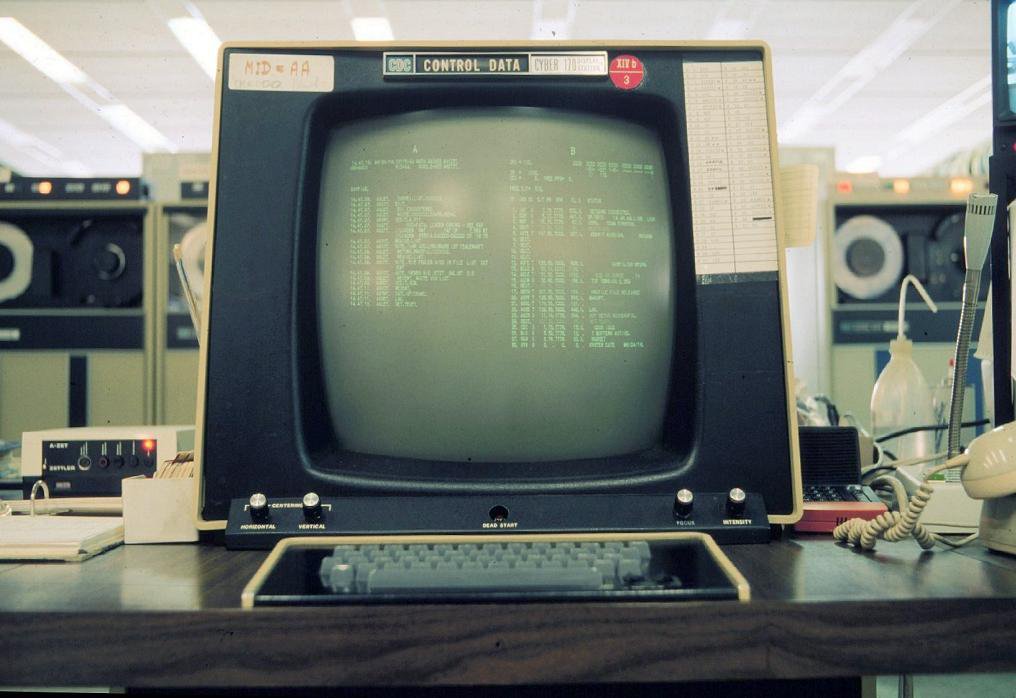
Building pytorch for systems without avx2 instructions
I recently got very interested in open source AI and wanted to build out a server with a modern GPU to do more experiments on. The problem was that I had the money for a modern GPU but not enough to build out a new system to put it in.
I got my hands on a decommissioned workstation from about 2012 for the low price of free and stuck the GPU in that as a temporary solution. I named it GLaDOS since I'm stuffing a very new and very expensive RTX 3090 into a system that's so old it might as well be a potato. It's from the sandy bridge era and it does not support avx2 instructions. (it's otherwise very powerful for its age being a dual 8 core xeon with 64GB (soon to be 128GB) of memory)
pytorch has some components that assume you have avx2 and this blog post describes How i re-compiled pytorch to work with the potato that I put my new GPU into.
Read More

Building kermit for NOS2
This post describes the process of building kermit for NOS version 2 using dtcyber and the CybisRelease1 kit for running your own PLATO system.
I plan on this being the first in a series of posts about NOS and CYBIS/PLATO in general.
Building kermit isn't strictly necessary since xmodem is already supported on the NOS side. but this was simply a learning exercise for me to get more familiar with the system myself.
I learn about various retro systems as a hobby and this particular one ties into another project I've been involved with which uses all of this called irata.online
Read More

Exploring the PDP8
I recently got pulled into a rabbit hole when I read an article about the PiDP8i project. I didn't have the money to get the real thing so this post will chronicle my experiences setting up a similar experience using the blinkenbone project instead.
Read More
Mocking django class based views
While going through Appendix C I quickly ran into trouble with the mocky Unit test for the new list view when I converted it to a class based view. the following is a description of how I made it work.
Read More
making sure you see all your failed tests in Jenkins
Jenkins runs it's build shell scripts with /bin/sh -xe which means any command that runs tests that has failing tests will abort the entire build and you likely won't see the JUnit reports for your entire test suite.
I've come up with some simple shell functions that will allow all of our test commands to run and then still allow the build to still fail like it's supposed to when we are ready for it.
Read More
Blog Search
-
Category
- retrocomputing
- django
- linux
- TDD
